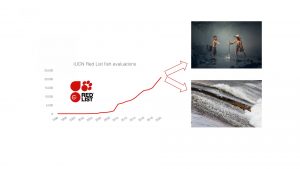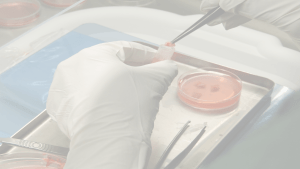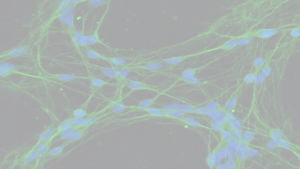In 2010, the Convention on Biological Diversity set a number of 10-year targets to protect terrestrial biodiversity, including freshwater species such as fish. Among these objectives, member countries agreed to prevent the extinction of threatened species (such as the Atlantic salmon or sturgeon) and to improve their conservation status. In the absence of a final meeting (postponed due to the COVID-19 pandemic) to assess this and other related objectives, the general feeling is a failure to meet the proposed challenges by 2020. As part of my doctoral thesis work, I presented an analysis of this fact in relation to fish.
Fishes are the most diverse group of vertebrates, adding a number of species similar to that of all mammals, birds, amphibians and reptiles together. They occupy a wide variety of environments and ecosystems and are therefore threatened by several factors. These include climate change, pollution, and habitat alteration (often due to the introduction of invasive species). Every year, hundreds of new fish species are discovered, making it difficult to keep the information on them up to date and complete. In fact, the International Union for Conservation of Nature (IUCN) has assessed on its Red List only the conservation status (the risk of a species being extinct) of just over a half of the fish species known. This proportion is much lower than that of other vertebrates (especially birds and mammals, of which almost all species are evaluated) and shows the scarce knowledge about many fish species’ conservation status.

In my doctoral thesis I have found that those fish that have recently been discovered have a higher risk of extinction than those fish that were described earlier by science. This may be due to these species living in very small ranges (often in a small river or lake) or with small populations, making them more vulnerable to anthropogenic threats. In Spain, unfortunately, we have examples of fish populations (and probably complete species) that have become extinct owing to the pollution of the freshwaters where they lived. It is therefore a priority that in the description of a new species appears information relating to its populations and threats. In this way, its conservation status could be assessed quickly and act on accordingly.
But we do not just find problems with the new species described. In fact, many were evaluated a long time ago, but their conservation status has not been updated. Directly, this does not increase species’ risk of extinction, but it does increase uncertainty about what are the most effective conservation measures that can be taken today or whether those taken previously were effective. It is true that in those countries where many fish species are lacking to be evaluated, the priority is to incorporate new assessments. However, there are many European countries (Spain among them) where having evaluated all (or almost all) fish species, no effort has yet been made to keep these assessments up to date.
Finally, the IUCN Red List can be implemented at the national level, allowing countries to have a very efficient tool for assessing the conservation status of their species. In the case of fish, very few countries have developed these lists, and many of them have outdated ones, such as Spain. However, there are large regions of the world, as sub-Saharan Africa or Southeast Asia, where almost no country has a National Red List for its fish. We therefore suggest that cooperation efforts with these countries should include the promotion of this and other tools that enable them to be autonomous in the protection of their biodiversity.
This year, new CBD targets will be set for 2030. We cannot allow another decade to pass without undertaking actions that have a significant impact on biodiversity conservation. As society, we need to move from good words to facts, and to set ourselves feasible goals with which countries, but also each one of us, feel committed. Avoiding the extinction of more fish species (we already know 80 species of fish that have become extinct by human action) transcends biology. Preserving our rivers and fauna is a way to ensure the protection of freshwater ecosystems, and thus, the access of humans to clean and safe water, as well as preserving a source of food and cultural values.
By Imanol Miqueleiz Legaz (@biomanolito), post-doctoral researcher at University of Navarra (Spain).






